How a dog bite in India almost cost me my life
Many doctors are unaware that rabies pose a real risk to travellers, and fail to warn travelling patients before departure. It was knowing the risks that saved my life, says Shannon VanRaes
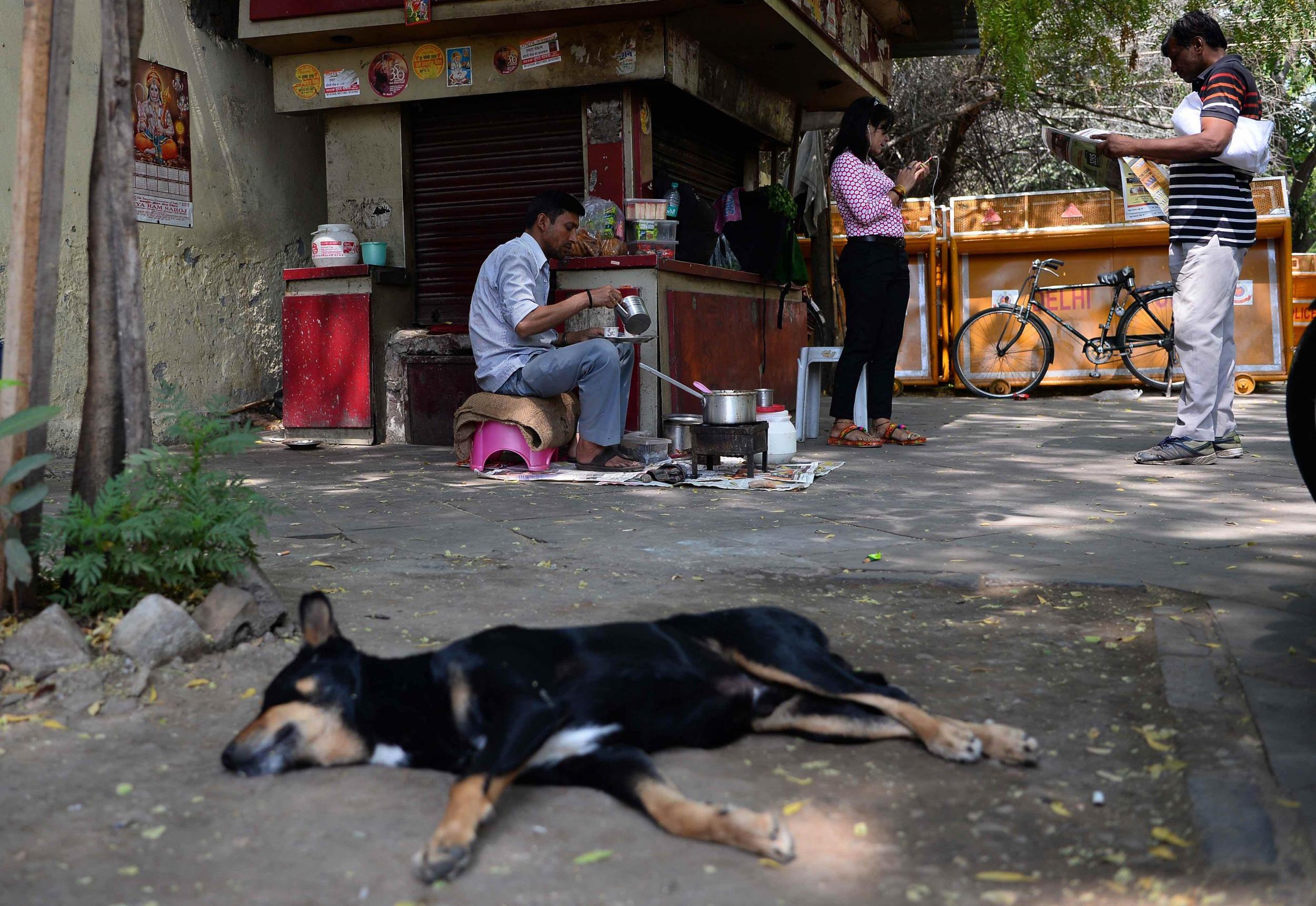
Your support helps us to tell the story
From reproductive rights to climate change to Big Tech, The Independent is on the ground when the story is developing. Whether it's investigating the financials of Elon Musk's pro-Trump PAC or producing our latest documentary, 'The A Word', which shines a light on the American women fighting for reproductive rights, we know how important it is to parse out the facts from the messaging.
At such a critical moment in US history, we need reporters on the ground. Your donation allows us to keep sending journalists to speak to both sides of the story.
The Independent is trusted by Americans across the entire political spectrum. And unlike many other quality news outlets, we choose not to lock Americans out of our reporting and analysis with paywalls. We believe quality journalism should be available to everyone, paid for by those who can afford it.
Your support makes all the difference.By the time I realised the dog was about to bite me, it was too late.
I’d seen the gaunt canine milling around, but feral dogs seemed to congregate on every corner in India, so one more roaming the grounds of Amritsar’s Partition Museum didn’t garner any special attention. At least not until it sunk its incisors into my knee, leaving two bloody puncture marks. It could have been worse, but in a country where rabies kills thousands of people each year, it could have been so much better.
According to the World Health Organization, 36 per cent of all rabies deaths occur in India. And while any mammal can transmit the rabies virus, 99 per cent of all human cases result from contact with an infected dog. Post-exposure vaccinations are required to prevent the virus from taking hold. Without early treatment, rabies is almost always fatal.
And travellers are not immune. In 2018, a British man died after contracting rabies after being bitten by an asymptomatic cat in Morocco. This year, a 24-year-old Norwegian woman died after attempting to rescue a puppy in the Philippines that bit her. In 2017, a Virginia woman succumbed to rabies after a dog bite in India. She rescued a puppy during her vacation. The dog’s bite proved deadly.
Instinctively, after being bitten, I slathered my knee in hand sanitiser as locals in the northwestern India city directed my partner and me to a small lean-to with a faded red cross painted on it. A man in a quasi-military uniform led us to an English-speaking doctor who prescribed antibiotics and a tetanus booster. So far, so good.
But the wound wasn’t bad enough to transmit rabies, he said. I disagreed and asked the doctor to prescribe the vaccine. He refused. Panic gurgled into my throat – the doctor was terrifyingly wrong.
The International Association for Medical Assistance to Travellers puts a finer point on it. “Rabies can be transmitted through any sort of open wound,” Claire Westmacott, a health researcher with the organisation, later told me. “So, if you’re bitten, even if you’re scratched or licked...there can still be rabies transmission. So that becomes a really dire medial emergency very quickly.”
Several hours post-dog bite, hasty research and an English-speaking driver landed us at a private hospital in Amritsar where doctors politely explained they didn’t carry the rabies vaccine. Neither did the next hospital we visited. Rabies is not a profitable disease for India’s private healthcare facilities, I later learned. At about $6 per dose, the rabies vaccination is still too expensive for many Indians who are exposed to the virus – assuming they even know they need the vaccine in the first place.
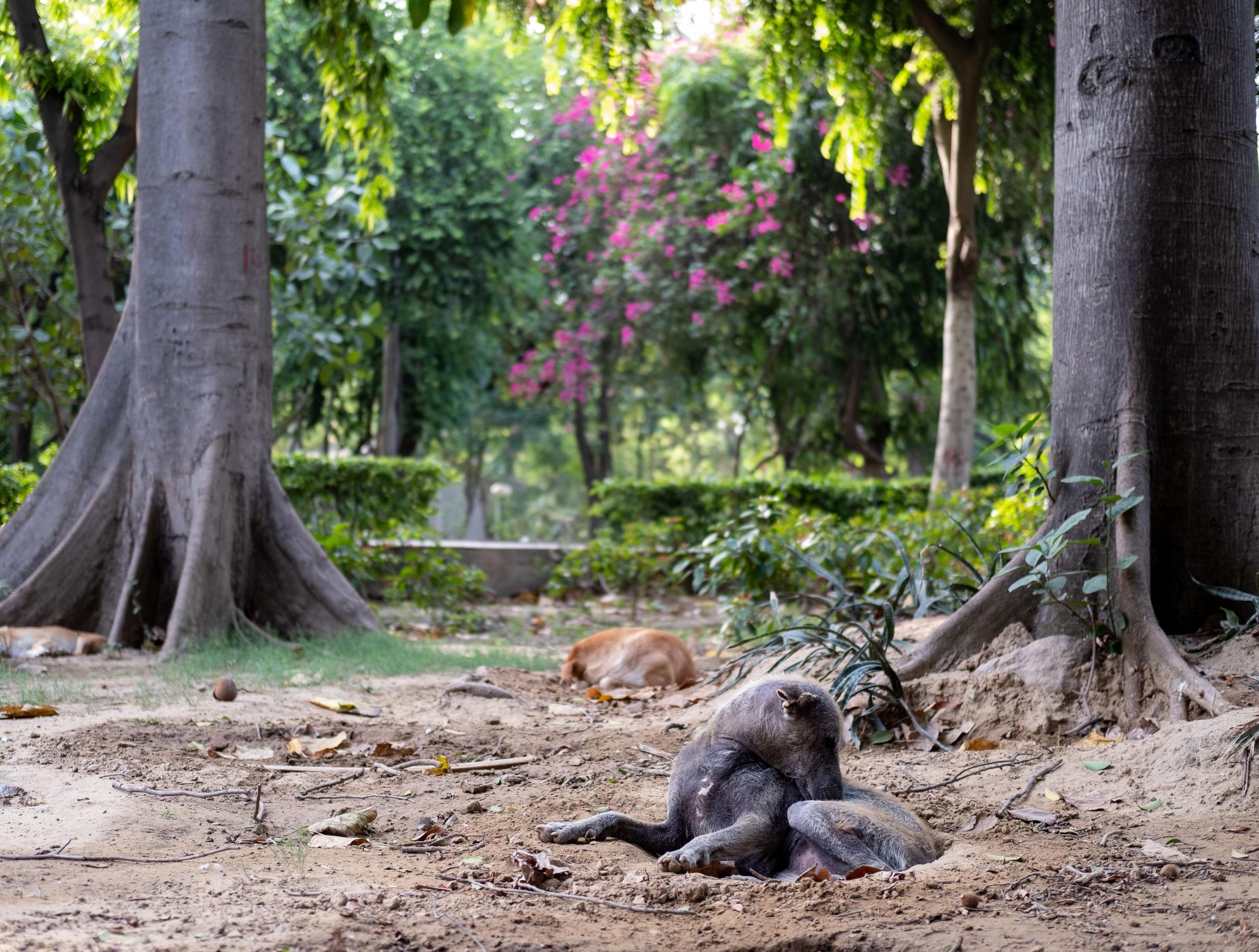
The sun was low when our driver parked his car under an overpass so we could dash across traffic to yet another healthcare facility. Nurses there noted my blood pressure was high. I was not surprised. “Do you study medicine?” one asked. No, I said. “Then how did you learn about rabies?”
The on-duty doctor prescribed one shot, and pointed me toward a waiting nurse and an injection room. It was a far cry from the series of shots needed to fight the virus’ progress and confer immunity. The days of treating rabies exposure with a dozen or more abdominal injections are long gone, but the treatment process remains a prolonged one.
Before we left, a harried young pharmacist pulled us aside with crucial information: post-exposure injections must be given on days 0, 3, 7, 14 and 21, he said. (The Centres for Disease Control and Prevention recommends even tighter regimen for people who have been bitten or scratched that includes one dose of immune globulin and four doses of rabies vaccine over a 14-day period.)
Eight hours had now passed since the bite and we had to consider our options.
Being Canadian, the thought of flying home had crossed our minds, but we were worried we couldn’t make it back in only 72 hours. We’d first have to get to New Delhi and find a last-minute flight to some Canadian city – most likely Toronto, which was a nearly 17-hour flight away. Then we’d have to find a hospital there that had rabies vaccines or possibly continue on to my hometown of Winnipeg, where my provincial health coverage would be guaranteed. Either way, it’d be very close.
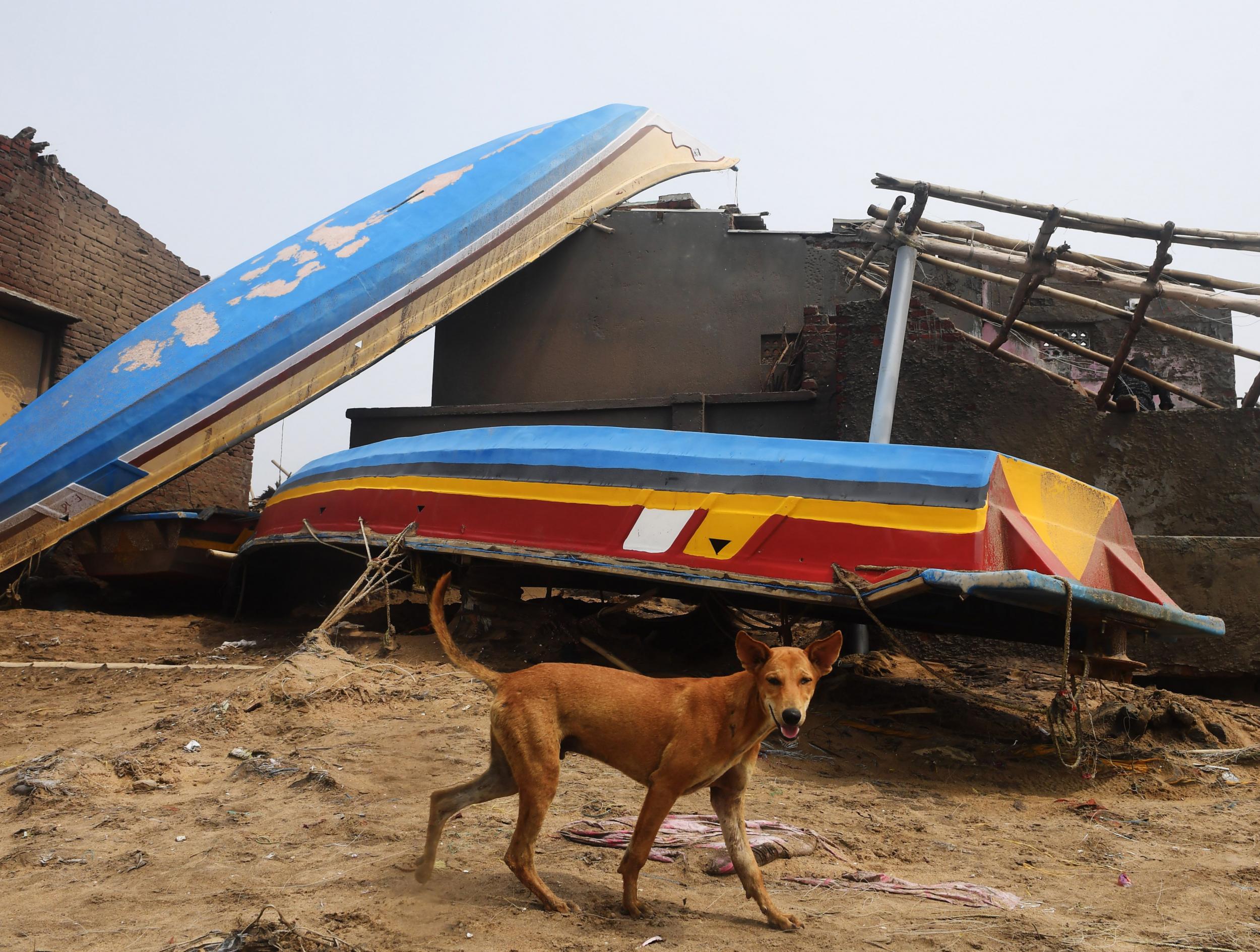
Instead, we decided to travel north to Himachal Pradesh as planned. We knew organisations there were working to eradicate rabies, and I was confident clinics near hubs such as Dharamshala would carry the vaccine. Wrong.
We soon learned only government hospitals regularly stock the vaccine. So, with assistance from friends, strangers and the Canadian High Commission, I joined the crushing sea of humanity at the Dr Rajendra Prasad Government Medical College at Tanda.
After being misdirected for hours, I was finally called into a crowded room to explain my problem. I handed the doctor a printout of a prescription sent by a friend in New Delhi, on which I’d carefully added the words “rabies immunoglobulin”. Immunoglobulin is what is recommended by the WHO, and I wasn’t going to be shy about it.
The doctor’s English was perfect, but he searched online the same websites I’d searched earlier for information. He wrote a new prescription, then directed us back to the collection of rusty gurneys known as the emergency room, where I was told to wait next to a bloody, unconscious man being gently caressed by a sobbing woman.
A nurse pointed to a filthy exam table and instructed me to lie face down. I didn’t know whether to be terrified or elated as she injected the vaccine and immunoglobulin in the back of my knee and both arms. And that was it. I left the hospital gutted, relieved and deeply ashamed by my own revulsion directed at the very institution that just provided me with free, lifesaving, medical treatment.
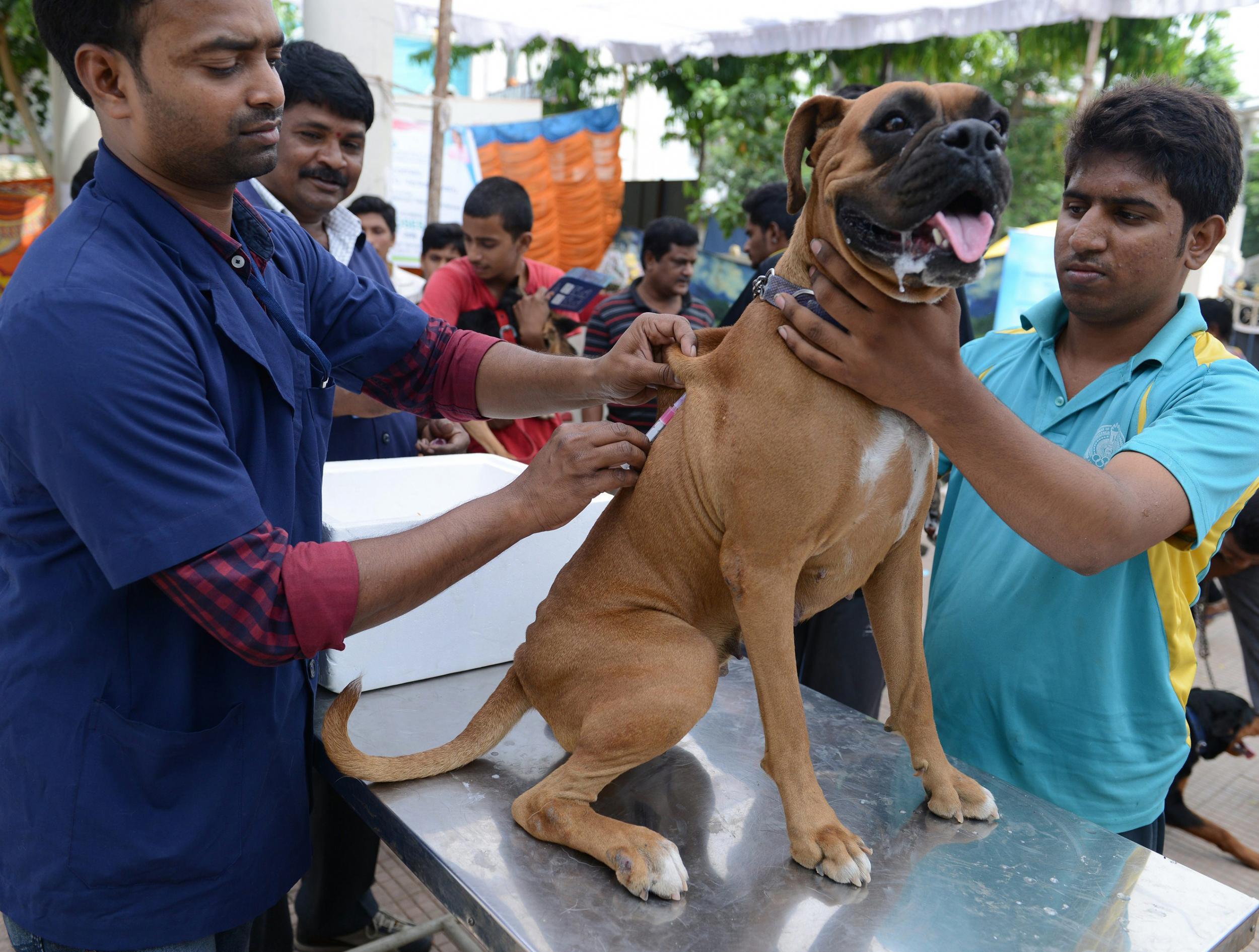
The cost of post-exposure treatment is usually covered in Canada, but the price is steep in the United States. In the widely reported case of Crystal Edwards, a woman bitten by a fox, post-exposure treatment cost more than $22,000.
After the government hospital in Himachal Pradesh, we re-evaluated our strategy. I’d need the day-seven injection in a mere three days.
I contacted my doctor’s office in Winnipeg for advice but was rebuffed. “Liability,” the receptionist said, explaining that policy prevented them from giving medical advice over the phone.
I tried Health Links next. Surely staff members at this infoline could advise me on where to get the vaccine if I returned to Winnepeg. They could not and suggested I present myself at the nearest ER upon arrival. Meanwhile, I was told to buy a thermometer to better predict the likelihood of my own death. Fever is often one of the first symptoms of rabies.
Feeling I’d finally cracked the Indian healthcare system and lined up a doctor for the remaining injections, we decided to stay for the last two weeks of our trip as planned.
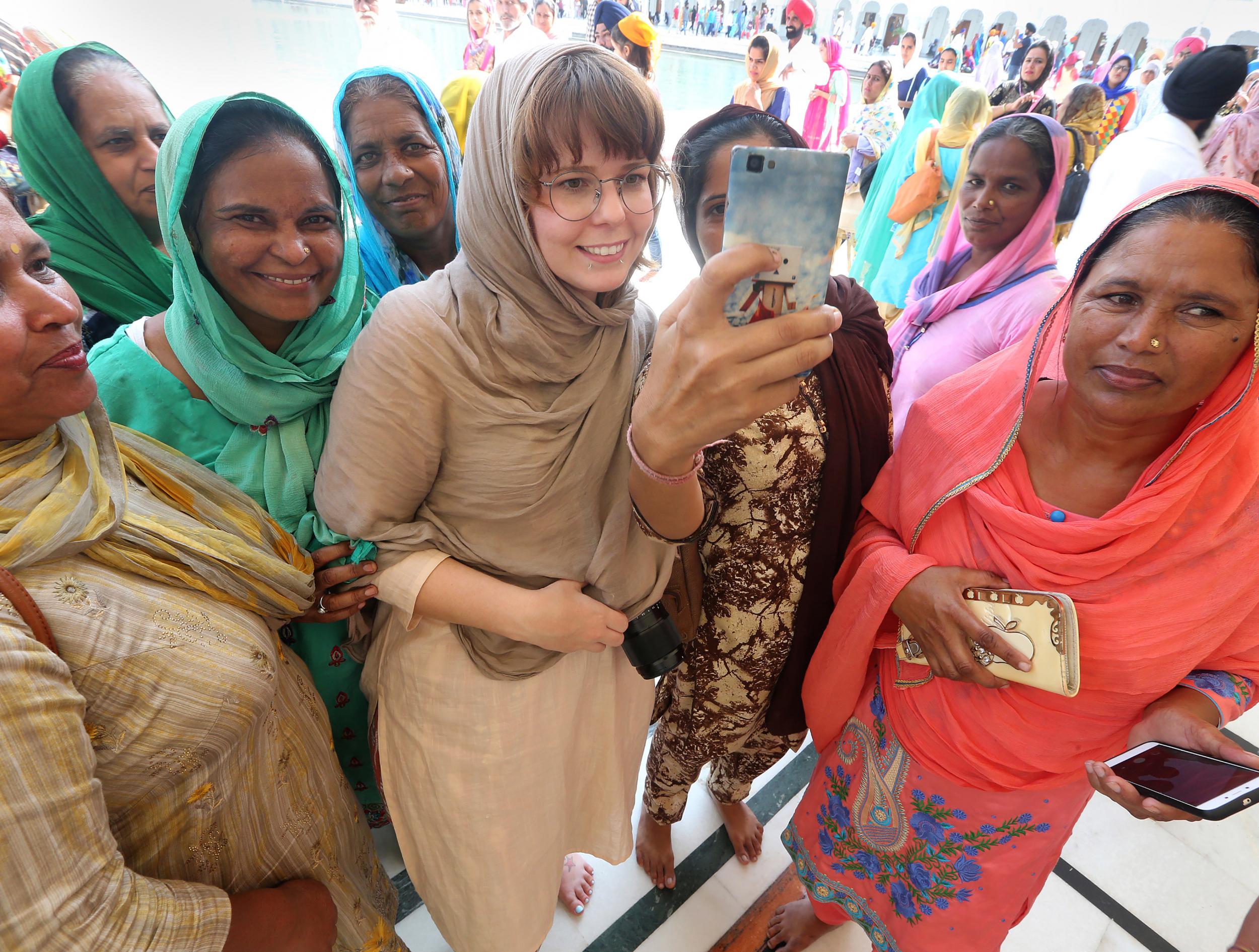
Ultimately, I received injections on days 0, 3, 7, 11, 14 and 20 for a total of seven including the immunoglobulin. Irregularities with the first shots resulted in a new doctor setting a fresh day 0 on what would have been day 7 and one last shot was given in Canada. Six weeks later, a Winnipeg doctor checked my blood for a rabies titer and that ended the ordeal – it showed I’d acquired immunity. With regular booster shots, I can maintain that immunity for future travel.
But it was knowing the risks that saved my life.
I was acutely aware of the danger long before being bitten. I’d spent years reporting on animal agriculture – including zoonosis, which are infectious diseases that spread between animals and humans – while working as a reporter for Glacier FarmMedia, and my sister, father and grandfather had all received post-exposure treatment in the past following bites from animals ranging from barn cats to a beef cow.
Many doctors, however, are unaware that rabies poses a real risk to travellers to certain countries, particularly in parts of Africa and Asia, and fail to adequately arm their travelling patients with knowledge before departure.
The CDC and WHO have rabies warnings that advise people to speak to a doctor about their travel plans, and pre-exposure vaccination is recommended for travellers “living in or travelling to countries or areas at risk,” says WHO, particularly if they will have “extensive outdoor exposure in rural areas, even if the duration of travel is short”. Pre-exposure vaccination is also recommended for children because they tend to play with animals and might not report a bite.
Before I set off for India, I’d visited a travel doctor in Winnipeg to make sure my tetanus, hepatitis and typhoid vaccinations were up to date and to ask whether I should get the pre-exposure rabies vaccine. His useless advice still rings in my ears. “Just don’t get bitten by a dog,” he’d said.
© Washington Post
Subscribe to Independent Premium to bookmark this article
Want to bookmark your favourite articles and stories to read or reference later? Start your Independent Premium subscription today.
Join our commenting forum
Join thought-provoking conversations, follow other Independent readers and see their replies
Comments